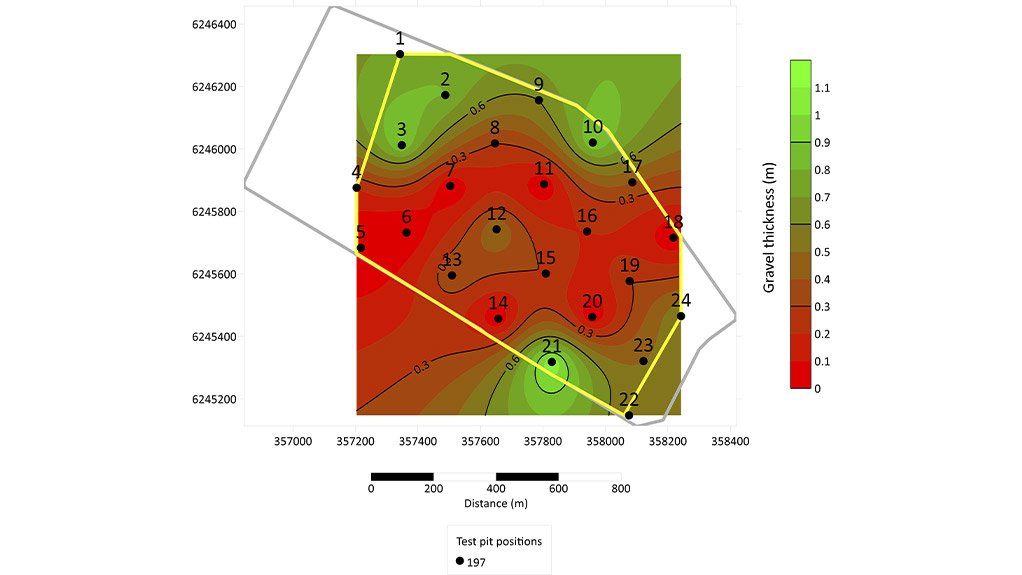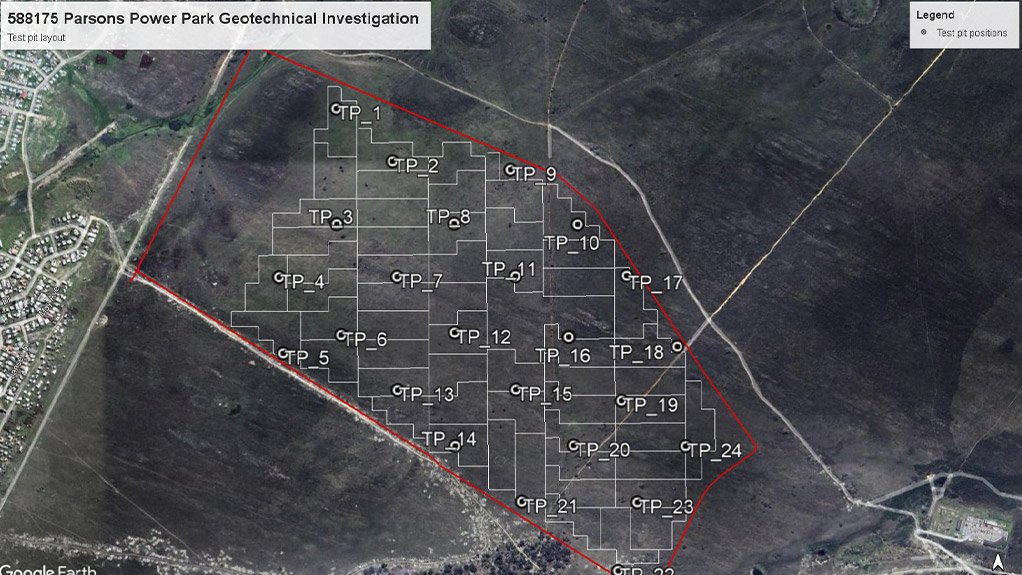
+27 11 441 1111
SRK House, 265 Oxford Road, Illovo, 2196, South Africa

SRK helps prepare the way for E Cape solar plant
Gqeberha will see construction starting on an exciting new solar energy plant later this year, and SRK Consulting (South Africa) is among the technical partners working to make this project a reality.
According to Brent Cock, Principal Engineering Geologist at SRK’s Gqeberha office, the company has conducted a geotechnical investigation of the site where the 50 MW photovoltaic plant will be located. The project is on a 100-hectare site on the western outskirts of Gqeberha between Bridgemeade and Greenbushes. An interpretive geotechnical report has been prepared and submitted to the co-developers – RAW Renewables and Natura Energy.
“In a project like this, it is important to test the subsurface geotechnical and geological conditions, including the suitability of on-site material for engineering layerworks,” said Cock. “We were also asked to investigate the excavatability of the site, as well as groundwater and seepage conditions.”
The study also checked for any problematic soils, and looked at foundation conditions in order to make appropriate recommendations for the project’s design and construction.
“We excavated 24 test pits across the site with a 30-ton tracked excavator, to depths ranging from 0,9 m to 3,9 m below current ground level – so that we could expose and analyse the ground profile,” he said. “We also undertook dynamic probe super heavy (DPSH) tests to assess the in-situ consistency, which showed refusal occurring at depths of 1 m to 2,4 m.”
Wenner vertical electric sounding (VES) tests were conducted at 17 locations, with two perpendicular soundings at each of the selected positions sharing the same centre position.
Samples of disturbed soil were collected from representative soil horizons and tested by an SRK-approved soil testing laboratory. This gives us insight into aspects such as the particle size distribution, including clay content where it occurs, as well as moisture content, thermal resistivity and aggressiveness towards buried concrete and steel,” he explained.
The presence of ferruginisation in the terrace gravels – where the gravel particles have either been stained/coated, zones within the layer indurated (hardened) by iron oxide or a combination of both – indicates that there are sections of the site where water perched on the underlying bedrock in the past. A 2:1 paste of soil and distilled water was tested according to the Basson Method to determine whether the ground is aggressive towards buried concrete and corrosive towards steel,” he said.
Attention was paid to the presence of reworked residual clayey silt, residual shale and shale bedrock as these are not considered suitable construction material. “Disturbing these horizons is not recommended as recompacting the material is difficult, particularly if wet,” he said.
The site was found to be underlain by competent founding material, typically medium dense sand and gravel with occasional very stiff clayey silt. “Both piled foundations and concrete plinth foundations will be suitable for the support of the PV panels. He added that, where materials of variable consistency are present on a site, it is often economical to pre-drill percussion holes to the required depth – to provide both bearing and uplift – and then backfill the holes with suitable soil, after which piles can be driven into the holes.










